Why It’s Crucial to Keep Your Brand Consistent
Consider your logo design. At a minimum, the logo lives on your business cards, brand collateral, and website. That means your logo needs to be scalable and legible across all three of these touchpoints. This includes having the correct size, file compression, and color format.
Now, imagine if your logo gets uploaded to a digital ad with a different shade of green than the logo on your billboard ad. Or maybe your site is using multiple typefaces but a completely different font for your monthly newsletter. This type of inconsistency is distracting. It can make someone question the brand. “Wait, is this the same company? They don’t present themselves very professionally.”
On the other hand, a consistent brand does not plant seeds of doubt in the minds of customers. Its consistency is a badge of honor and makes the company look more professional than less consistent brands. People are naturally more trusting of consistent things.
An industry rule of thumb is that a customer needs seven interactions with a brand before considering to purchase from them. If the brand is inconsistent, then the interactions do not count towards that tally; people won’t recognize it as the same brand.
A consistent brand makes the most of every impression and interaction with a customer. It all adds up to a brand experience that makes a person more likely to engage (i.e., purchase, donate, read, mention, etc.) In aggregate, those consistent interactions build brand equity.
What Is Brand Consistency?
Presenting your brand with a uniform look, voice, values, and culture.
Brand consistency is presenting the brand in a visually consistent way while staying true to your company’s core values and culture in every interaction you have with potential and existing customers.
If you had to sum up brand consistency in a few words, just remember this: it’s how you represent the who, what, and why of your business across multiple media platforms (print, digital, social, etc.).
To practice brand consistency, you first need a clear understanding of who you are, what you do, whom you help, and how.
This is starting to sound a lot like brand identity, right? That’s because it is.
Important elements of the brand identity to keep consistent:
- Logo
- Tag Line
- Colors
- Fonts
- Photography
- Voice / Copywriting
- Music / Sounds
- Packaging
- Signage
- Spokesperson
- Tastes (If Food or Beverage)
- Scent (If Physical Location)
Brand Consistency vs. Inconsistency
A consistent brand’s logo, colors, imagery, copywriting, and tone are all predictable. With an inconsistent brand, customers don’t know what to expect.
It’s easy to understand why a consistent brand is more valuable than an inconsistent brand. Yet, some businesses present themselves so inconsistently that they cannot get even the basics aligned.
Consider your logo design. At a minimum, the logo lives on your business cards, brand collateral, and website. That means your logo needs to be scalable and legible across all three of these touchpoints. This includes having the correct size, file compression, and color format.
Now, imagine if your logo gets uploaded to a digital ad with a different shade of green than the logo on your billboard ad. Or maybe your site is using multiple typefaces but a completely different font for your monthly newsletter. This type of inconsistency is distracting. It can make someone question the brand. “Wait, is this the same company? They don’t present themselves very professionally.”
On the other hand, a consistent brand does not plant seeds of doubt in the minds of customers. Its consistency is a badge of honor and makes the company look more professional than less consistent brands. People are naturally more trusting of consistent things.
An industry rule of thumb is that a customer needs seven interactions with a brand before considering to purchase from them. If the brand is inconsistent, then the interactions do not count towards that tally; people won’t recognize it as the same brand.
A consistent brand makes the most of every impression and interaction with a customer. It all adds up to a brand experience that makes a person more likely to engage (i.e., purchase, donate, read, mention, etc.) In aggregate, those consistent interactions build brand equity.
Consistency of Brand Voice
Writing with the same words and personality while adapting to the context.
Besides your brand’s visual attributes, you’ll also need to ensure that your brand messaging is clear and consistent, particularly your voice and tone. Let’s take a quick second to review what these two are and how they differ:
- Brand Voice: Your brand voice is, well… just that. It’s how you talk to your customers. Think about your brand’s personality. Would you describe your business as fun, playful, and energetic? Or informative yet approachable to a general audience?
- Brand Tone: Though your voice stays pretty much the same, your tone may differ, depending on the audience you’re speaking to or the channel you’re using to connect with users. For instance, the tone of your e-newsletter may be slightly more conversational and informal to your loyal subscribers. But a blog article on your site may be positioned to educate readers on new trends and news in your industry
Though the differences in voice and tone are subtle, it’s crucial that you identify what they are. A helpful style guide will include this information so that your internal marketing team understands how to communicate across multiple channels.
Check out our article on Brand Voice here on BMB for more information about its importance and how to develop and implement a memorable personality into your copywriting.
Brands That Understand the Power of Consistency
It’s no coincidence that the most prominent brands are also the most consistent.
Some of my favorite examples of brands that do consistency well are Coca-Cola, Nike, and Apple.
Their consistent brand image on packaging, billboards, and online retailers makes it easy to spot them a mile away. Using specific typography, photography, and graphics, these brands are easy to recognize and often prompt us to recall a positive experience we had using their products.
Coca-Cola
Nike
Apple
How To Keep Your Brand Consistent
A brand style guide is the best way to maintain brand consistency.
A brand style guide is a set of standards and guidelines that depict how a brand should look, sound, and feel.
Think of your style guide as an instruction manual that explains how to use your brand in real-life situations. A well developed brand style guide also ensures your branding stays relevant and up to date with design trends and industry standards.
Though these guides are meant to be used by internal design teams and marketing departments, their value extends far beyond that. New hires, contractors, and long-time employees should also encompass your brand identity, culture, and mission.
Front line workers can benefit from reviewing the style guide. Suppose an employee answers a call or sends an email. In that case, they must understand how your company interacts with customers and other creative influencers.
A style guide is a communication tool for people inside the organization to explain the brands to outside workers, agencies, and suppliers. The style guide is a stand-alone crash course for other creative professionals who will contribute to the brand; within 20 minutes, they can understand the brand identity and apply it to their specialty.
When it comes to brand consistency, Ben Burns from The Futur says it best:
“Building a great brand is like setting up a three-legged stool. The legs are strategy, execution, and consistency. If you take away one leg, the entire brand is going to fall flat.
And a style guide is the list of guidelines, standards, and rules that keeps our brand looking and feeling like your brand. It keeps you consistent, and therefore it’s vital to the success of the brand. Brands don’t require style guides to exist. But it’s hard as hell to stay consistent without one.”
Ben Burns, The Style Guide Kit online course

How Do You Measure Brand Consistency?
Brand managers need to survey potential customers and get both qualitative and quantitative data on consistency.
An effective way to measure brand consistency is to have an identity test or survey conducted.
For this, you should plan, facilitate, and execute a social media listing or survey with focus groups and/or field interviews representing your brand’s user profiles.
Show the participants a sampling of your brand: brochures, website pages, advertisements, print materials, etc. You can then ask a set of qualitative questions to gauge their impression of the brand.
Ask them: With one being inconsistent and ten be entirely consistent, how consistent is this brand’s presentation?
The aggregated answers to that question will give a metric of the brand’s consistency as a whole. However, a brand that is generally consistent with some rogue pieces may still score well. One poorly designed piece can kill the customer’s brand experience, so brand managers need to identify the extents of the brand, the outliers, and if they need to reign them in.
Next, ask the participants to pick out the two pieces that are the least consistent with each other. Their choice will provide feedback on the outliers, the pieces that need to be revisited and redesigned for consistency.
Ask them: With one being inconsistent and ten be entirely consistent, how consistent are the two pieces you previously identified?
If you ask ten or more people this, you’ll have an objective metric you can work to increase and make your brand more consistent. If you run the same survey six months down the road and find different results, then you know which direction you are headed in and if further adjustments need to be made.
Conclusion: Is your brand creating inconsistencies? Reign them in!
Tightly control your brand if you want to compete with the big guys.
Big businesses have to deal with forces that erode their brand’s consistency—product fragmentation, multiple departments, offsite agencies, rogue franchisees or distributors, etc.
But the brands from large organizations are mostly consistent despite all of that. Why? Because they highly value brand consistency. They know that their brand is nothing if not consistent.
Smaller organizations with less bureaucracy and moving parts should have an easier time keeping their brand more consistent. Yet small and medium-sized businesses (SMBs) tend to be less consistent than their larger competitors, which may look less professional in comparison.
Designers, brand managers, and executives need to hold consistency as a value and diligently work to maintain it.
When building a brand, visualize where and how your brand will live and breathe in the real world. How will your logo and brand identity appear on brand collateral, websites, social channels, and exterior signage? How can you maintain consistent elements, so the brand is cohesive?
To keep this consistent, follow your brand style guide, and your brand will shine!

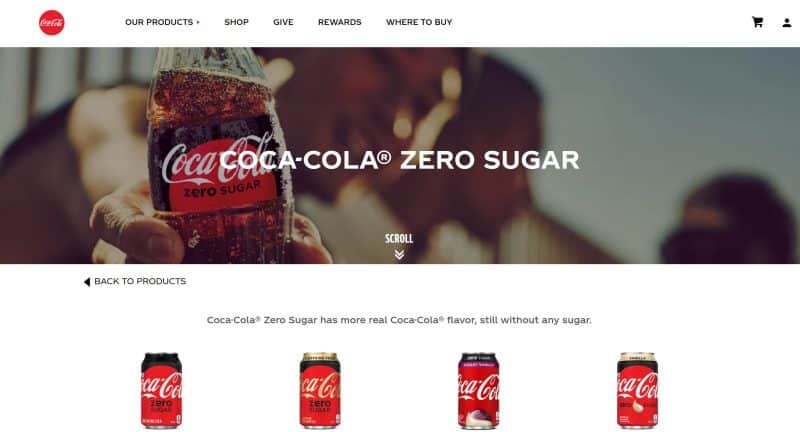
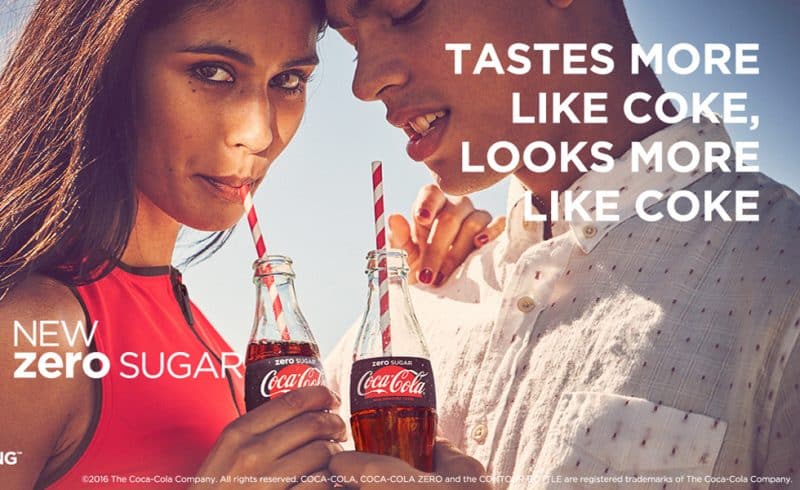
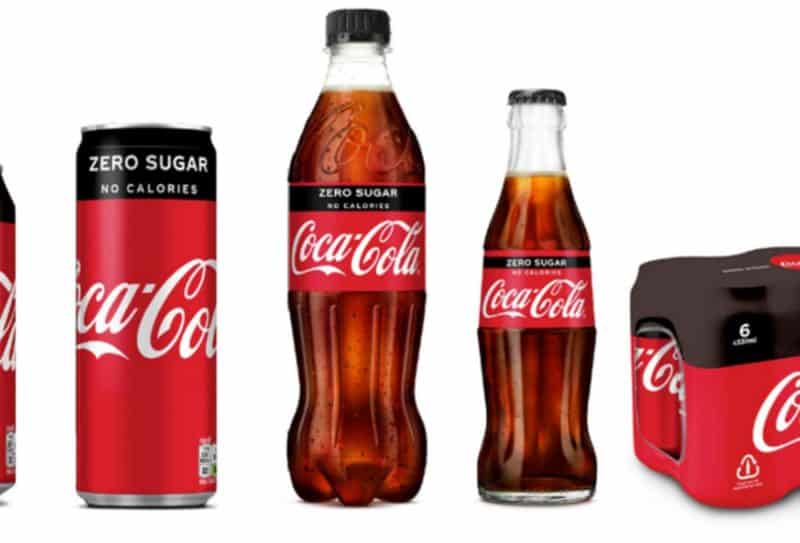

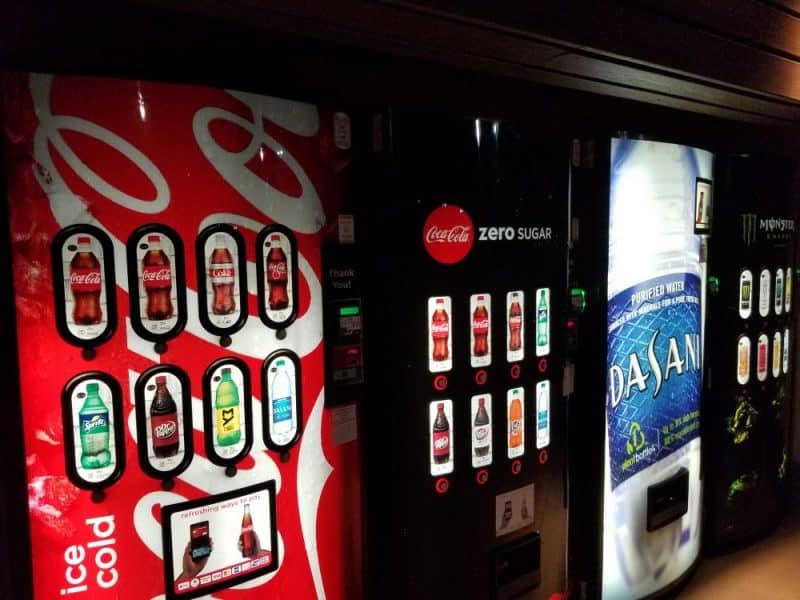



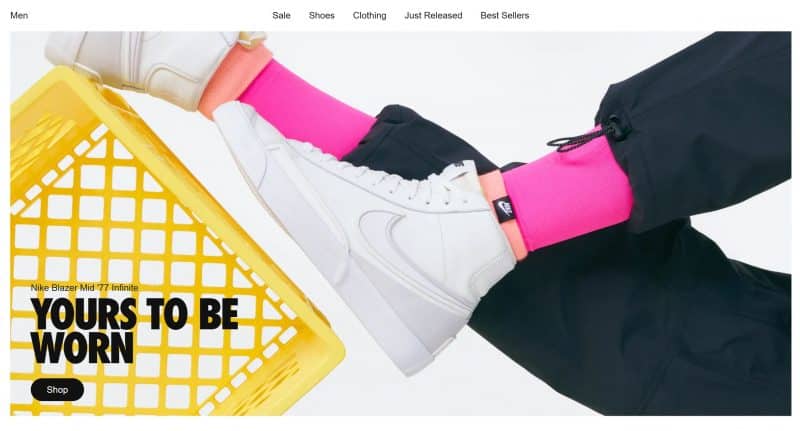



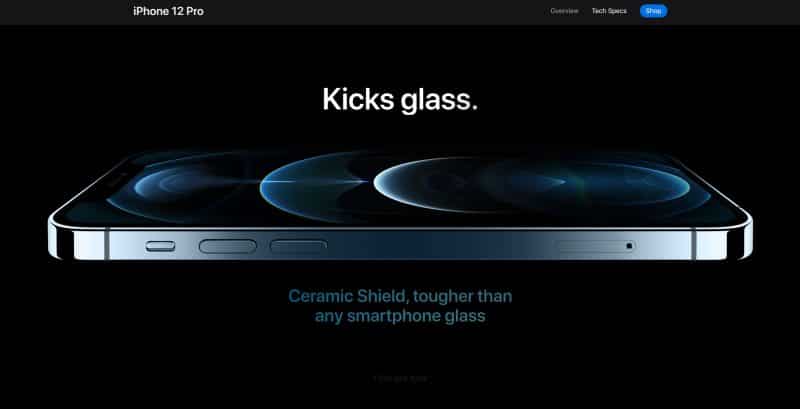
Leave a Reply